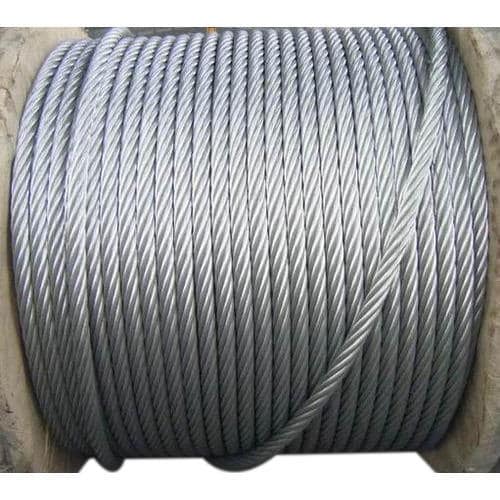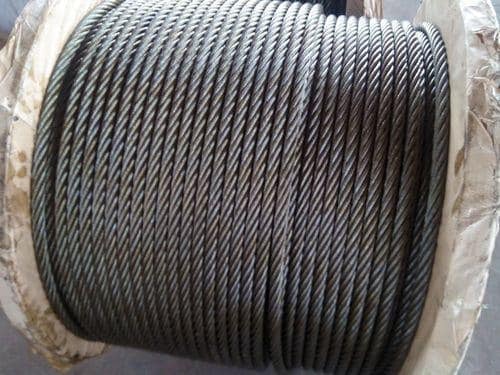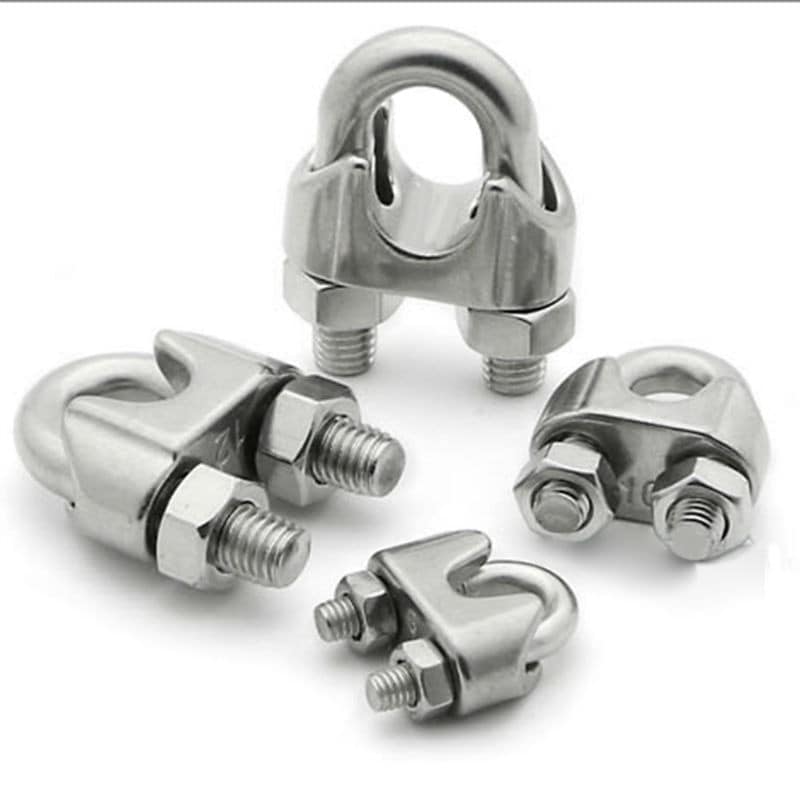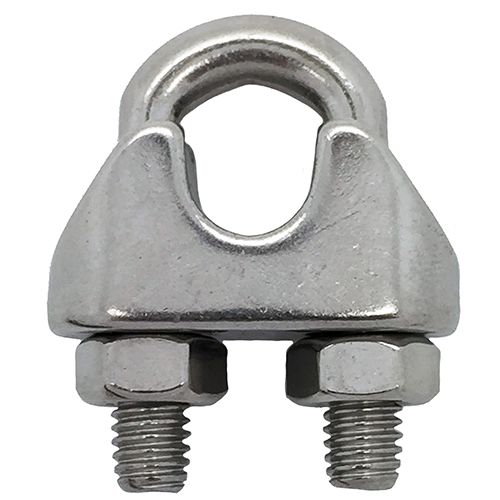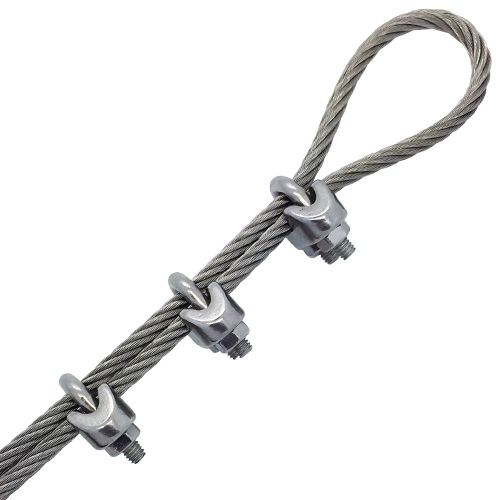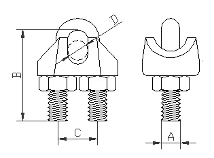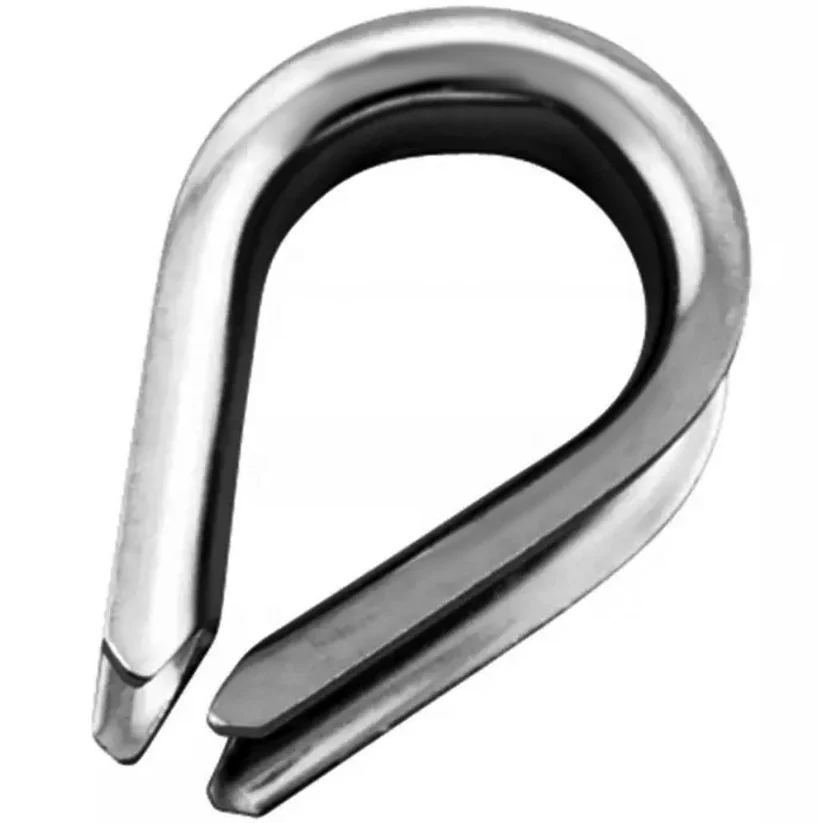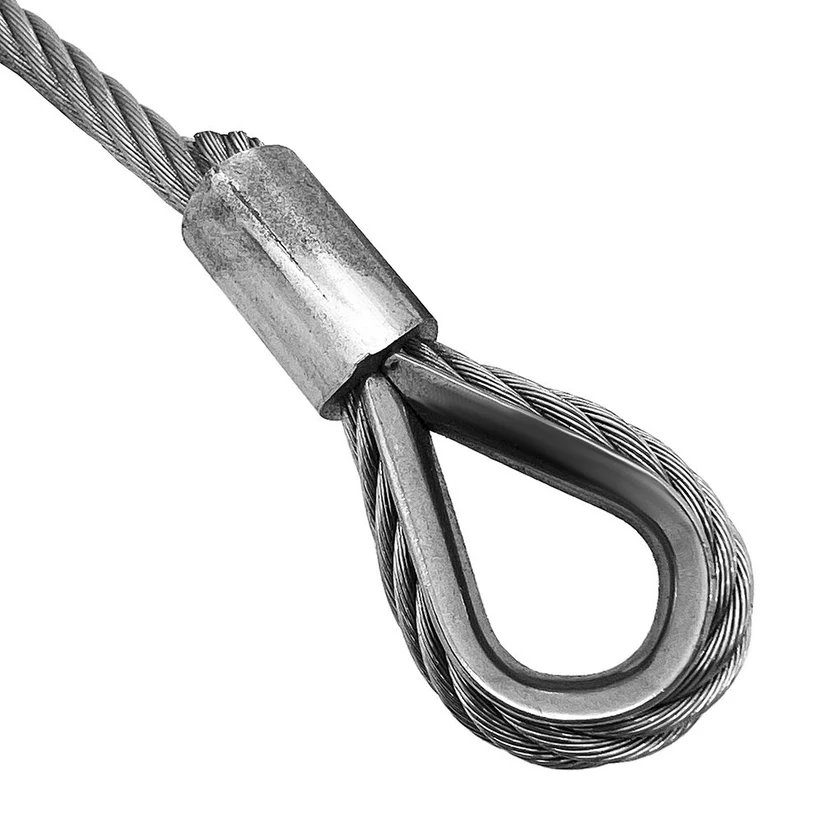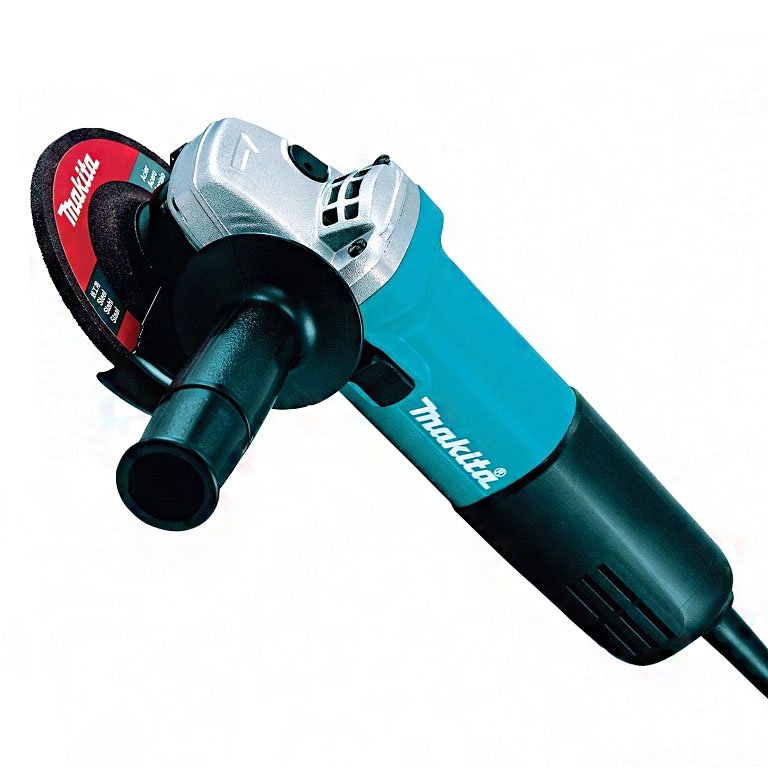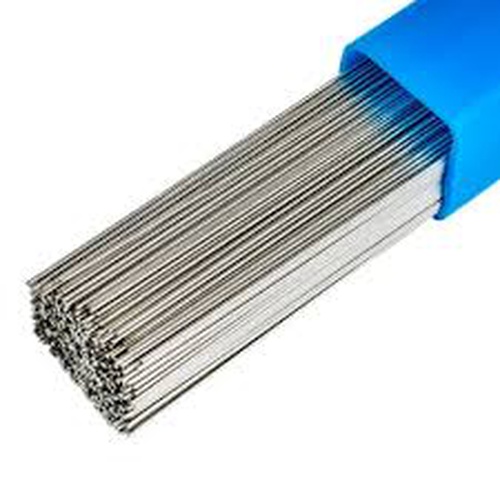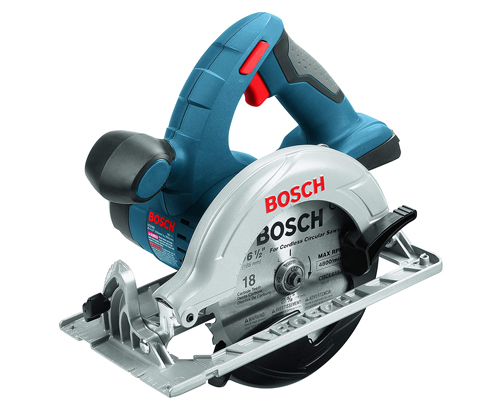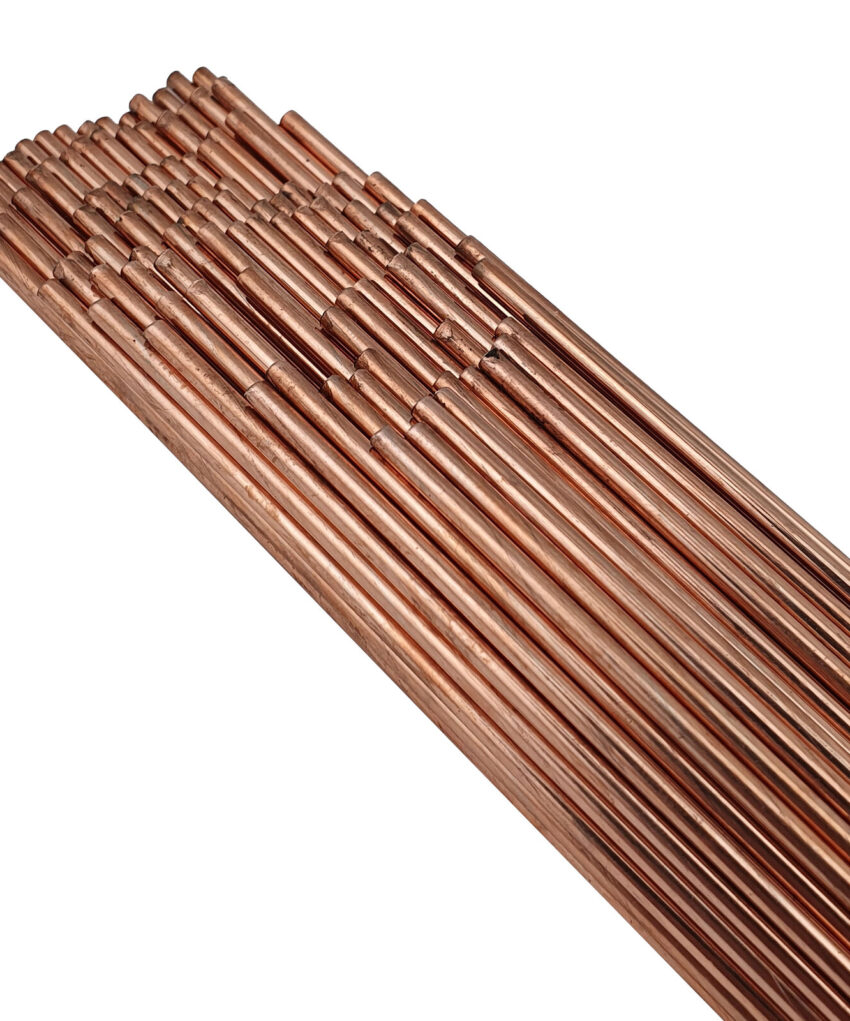Wire rope is composed of as few as two solid, metal wires twisted into a helix that forms a composite rope, in a pattern known as laid rope. Larger diameter wire rope consists of multiple strands of such laid rope in a pattern known as cable laid. Manufactured using an industrial machine known as a strander, the wires are fed through a series of barrels and spun into their final composite orientation.
The Ultimate Guide to Wire Ropes Types Uses and Benefits
Wire ropes are vital in many industries, from construction to maritime operations. Understanding the various types, uses, and benefits of wire ropes can greatly impact your operations. In this ultimate guide, we’ll answer your key questions about wire ropes to help you make informed decisions.
What Are Wire Ropes, and Why Are They Important?
Wire ropes are made by twisting multiple strands of metal wires together, creating a strong, flexible, and durable rope. This construction makes them ideal for tasks requiring significant strength and flexibility. Their versatility and strength have made them indispensable in various industries, including construction, mining, shipping, and manufacturing.
What Is the Structure of Wire Ropes?
Wire ropes consist of several components:
- Wires: These are the individual metal threads that form the strands of the rope.
- Strands: Groups of wires twisted together to provide strength and flexibility.
- Core: The central part of the rope, which can be made of either fiber, steel, or an independent wire rope core (IWRC). The core supports the strands and helps maintain the rope’s shape.

